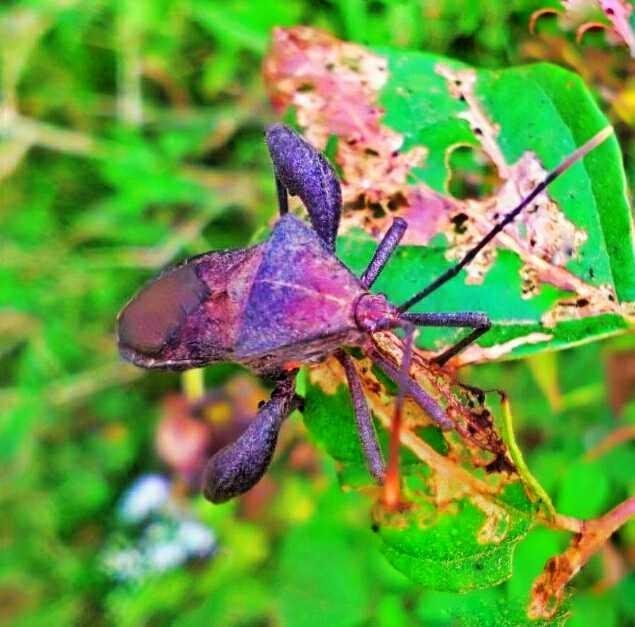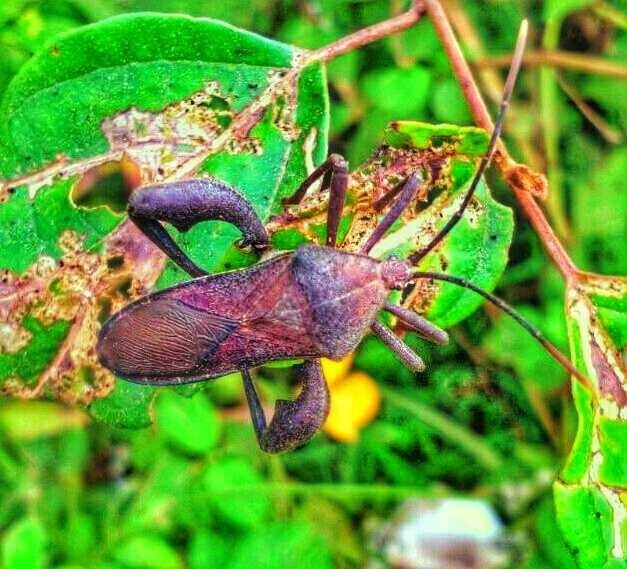#Walkwithme : Walang Sangit

Bioecology and Morphology
Walang sangit (L. acuta) undergoes a simple metamorphosis whose development begins with the stadia of egg, nymph and imago. Imago shaped like a ladybug, slender body, antennae and legs are relatively long. The body color is yellow brown and the length ranges from 13 - 27 mm.
Imago.
Imago walang sangit that live on rice plants, the ventral abdomen is yellowish brown and live on the grass of the ventral abdomen is whitish green. Lay eggs on the top of the top leaves of rice and other grasses in groups in one to two rows.
These animals are often actively attacked in the morning and afternoon, while in the afternoon shelter under the trees are damp and cold. These animals also have urine that smells of sting so that plants such as rice pests, including in terms of pissing of the pest.

Micro Climate
A good development for Walang sangit occurs at temperatures between 27 - 30 C. The development of Walang Sangit has been known to be the Symptoms of Attacks and Damage caused at temperatures, low rainfall and bright sunlight. Walang sangit can breed in lowland plains and in highlands.

Symptoms of Attack and Damage caused
The nymph and the imago suck the grain of the rice in the cooking phase of milk, otherwise it can also suck the liquid of the rice stalk. The blinds are sucked into a hollow and blackish brown. Walang sangit suck the rice bleed liquid by piercing the stylet.
The nymph is more active than imago, but imago can damage more because of his longer life. Then the loss of seed fluid causes the rice seeds to shrink if the fluid in the bilir is not spent. In the absence of mature grain, it can attack the grains of rice that begin to harden, so that when the stylet is stuck out an enzyme that can digest carbohydrates.